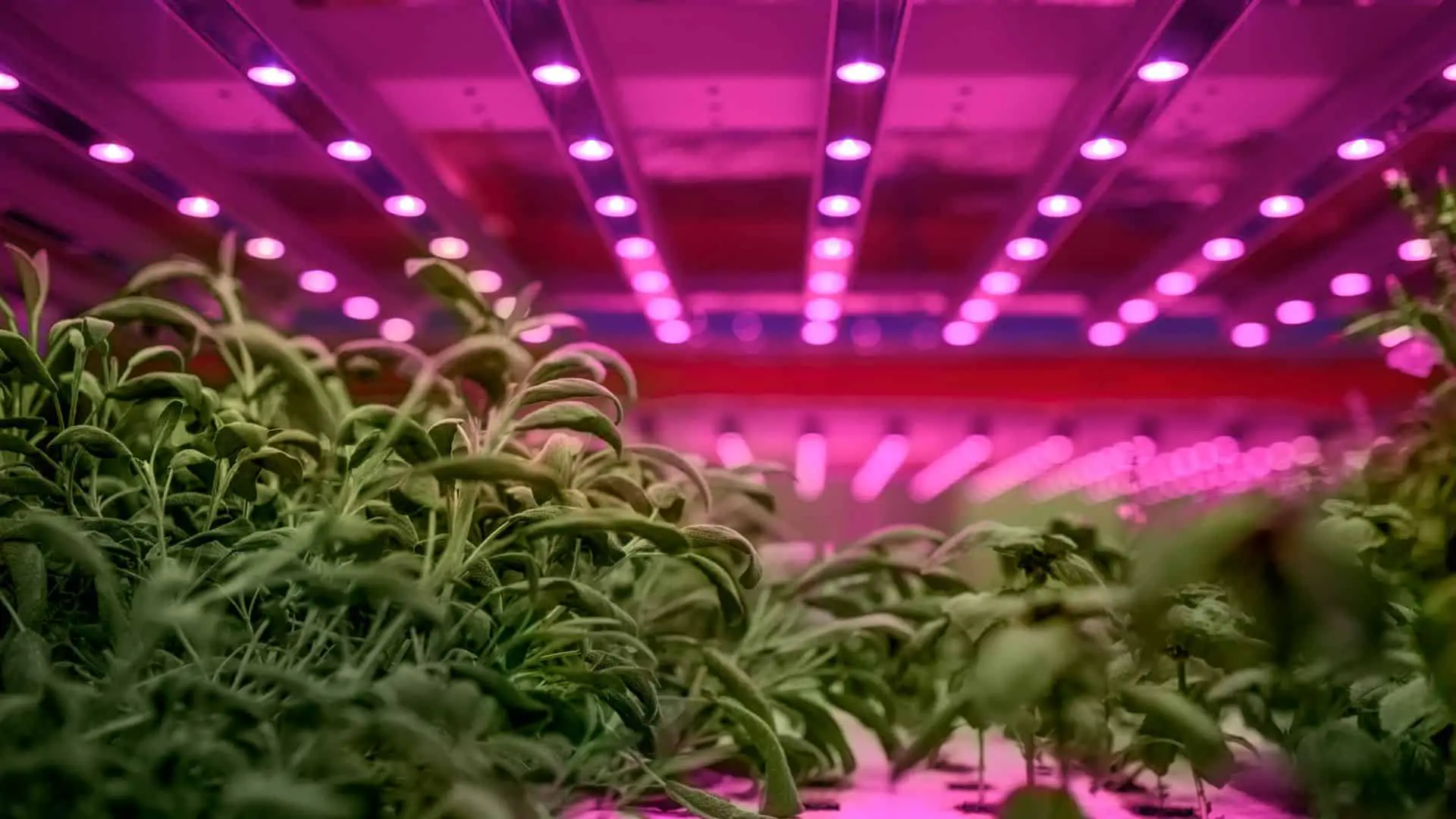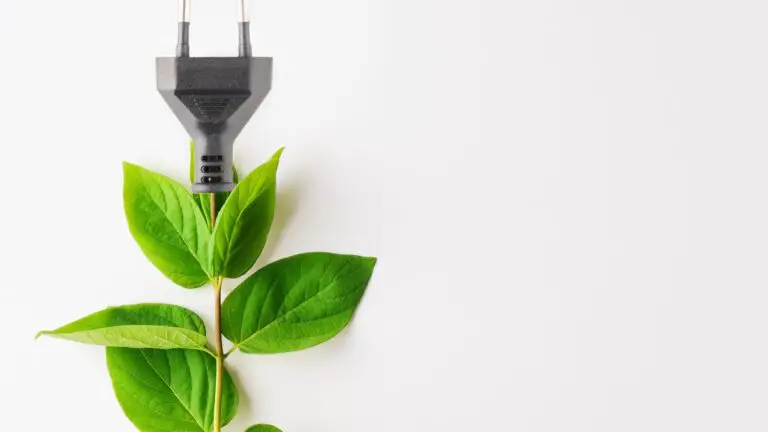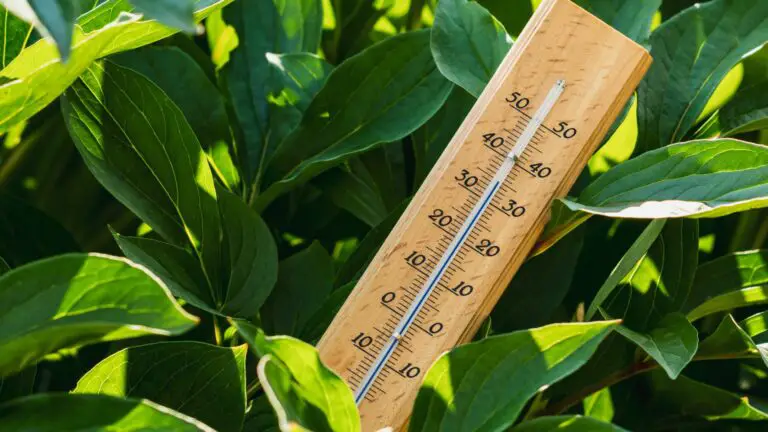How Does Classical Music Affect Plant Growth and Flavor in Hydroponic Farming?
Classical music is often associated with relaxation and artistic inspiration for humans, but can it also impact the growth and flavor of plants, particularly in hydroponic systems? This blog post delves into this intriguing topic, exploring the intersection of music, agriculture, and technology.
Does Classical Music Promote Plant Growth in Hydroponic Systems?
What Does the Research Say?
- Research suggests that sound, including music, can boost plant growth. Sound waves’ vibrations seem to stimulate growth factors in plants.
- Studies have shown that plants exposed to sounds, including music, for six hours a day exhibited more growth than those in a soundless environment.
- The theory behind this phenomenon involves mechanoreceptors in plants that respond to pressure from sound waves, similar to mechanoreceptors in human ears.
How Do Plants “Listen”?
- Plants seem to respond to vibrations from other plants, growing faster and healthier in proximity to each other.
- Vibrations from sounds such as music can turn genes on and off in plants, suggesting they “listen” to their surroundings to know when to express certain genes.
What Specific Types of Classical Music Are Effective?
- Landmark studies have highlighted classical music’s positive impact on plant growth, particularly works by Johann Bach, Beethoven’s Symphony No. 9, Mozart’s The Marriage of Figaro, Bach’s The Well-Tempered Clavier, and Vivaldi’s The Four Seasons.
Does Classical Music Enhance the Flavor of Plants in Hydroponic Farming?
The Impact of Music on Plant Flavor
- While classical music has been found to make plants grow better, bushier, and greener with healthier stems, specific types of music like heavy metal, new age, and Celtic tunes have been noted to increase plant mass and fruit taste.
- Interestingly, heavy metal music, along with new age and Celtic tunes, specifically increased fruit taste, indicating a possible influence of different music genres on plant flavor.
Classical vs. Other Music Genres
- Classical music leads to speedy growth in most plants.
- However, plants exposed to rock music showed less incidence of yellowing, browning, or dry leaves, suggesting a healthier growth pattern, albeit slower than with classical music.
What Are the Optimal Conditions for Enhancing Plant Flavor Through Exposure to Music?
- Gentler music with higher pitches, resembling bird songs, encourages stomata dilation, boosting nutrient intake and growth.
- To open stomata effectively, playing classical stringed instruments, Indian classical, ragas, and Vedic music in the early morning is recommended.
- Combining music with foliar fertilization involves starting the sound 30 minutes before and stopping it 2 hours after fertilizing.
What Are the Long-Term Effects of Using Music to Promote Plant Growth and Flavor?
Insights into Long-Term Effects
- While it’s clear that music positively impacts plant growth, the long-term effects still need to be understood.
- The research suggests that plants don’t distinguish between musical and non-musical sounds; however, both types can boost growth.
- Long-term effects on plant growth and defense mechanisms, such as plants developing the ability to sense sound waves for survival, are areas for further exploration.
Conclusion
The relationship between classical music and plant growth and flavor in hydroponic systems is a fascinating area of study. While research indicates positive effects, the exact mechanisms and optimal conditions for such growth and flavor enhancements remain areas for further exploration. This synergy between music and plant growth opens new avenues in agricultural practices. It adds a layer of artistic expression to the science of farming.
Note: The research and findings mentioned in this post are based on current studies and theories and may evolve with further scientific exploration and advancements.
Thank you for reading!



